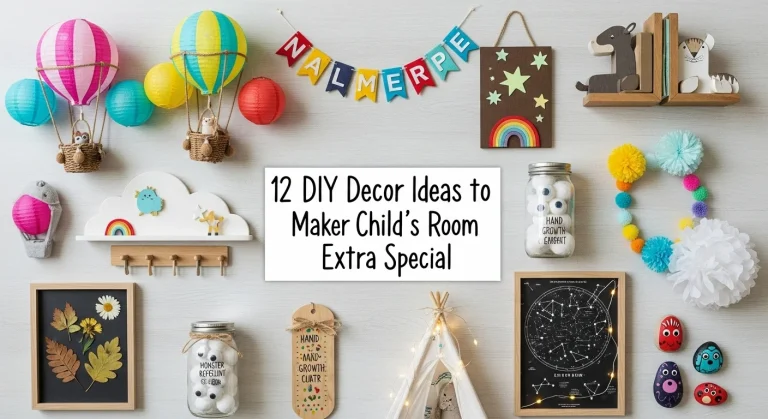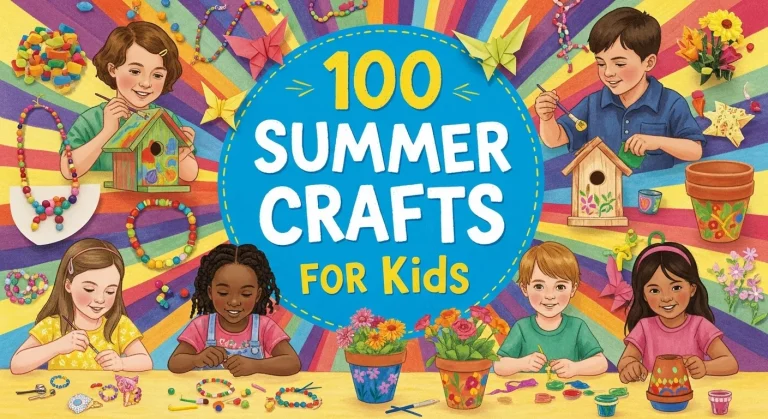🧠 15+ Calming Activities That Actually Help Kids Manage Emotions (Backed by Moms)
Nurture Emotions Through Play
Helping children understand and manage their emotions is one of the most important parts of early development. Through calming activities and emotional learning, kids can build confidence, self-regulation, and inner peace—without even realizing they’re learning!
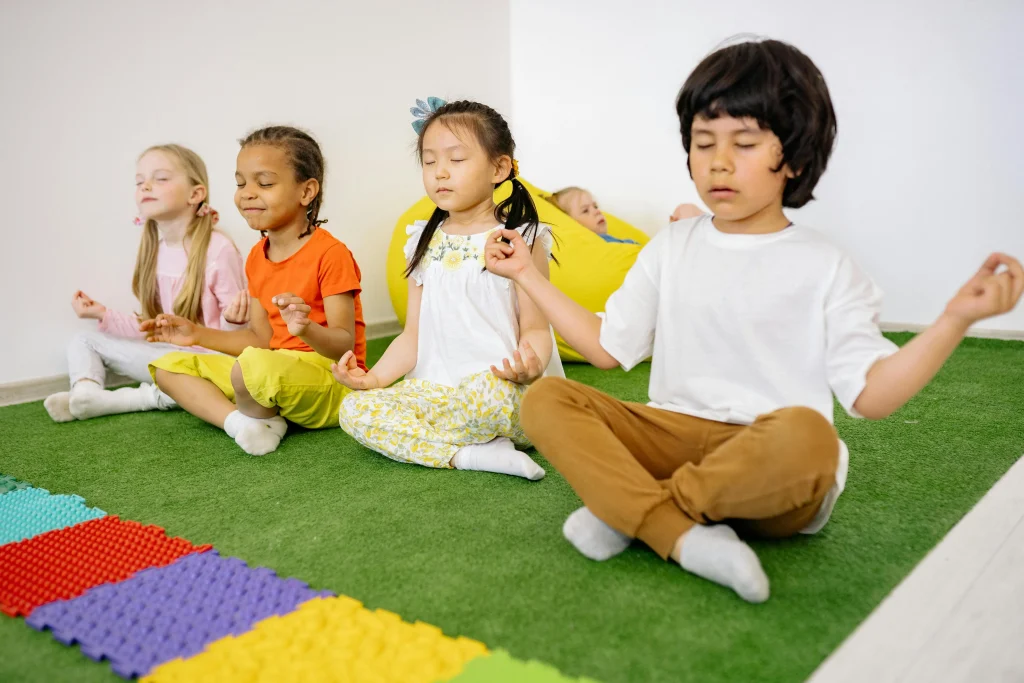
Gentle Ways to Soothe and Center Kids
Children thrive when they feel emotionally secure. These activities are designed to support emotional growth and help toddlers and young kids learn to regulate their feelings in fun and engaging ways.
1. Breathing Buddies
Lay your child down and place a small stuffed toy on their belly. Guide them to breathe in and out slowly, watching the toy rise and fall. This introduces mindful breathing in a simple, playful way that toddlers understand.

2. Calm-Down Jars
Fill a clear jar with glitter, warm water, and a bit of clear glue. Shake it, and let the glitter swirl. Watching it settle helps children visually connect to the idea of calming their bodies and minds.

3. Emotion Cards Game
Print or draw faces showing different emotions—happy, sad, excited, frustrated. Ask your child to name the emotion, act it out, or talk about a time they felt that way. This builds emotional vocabulary and empathy.
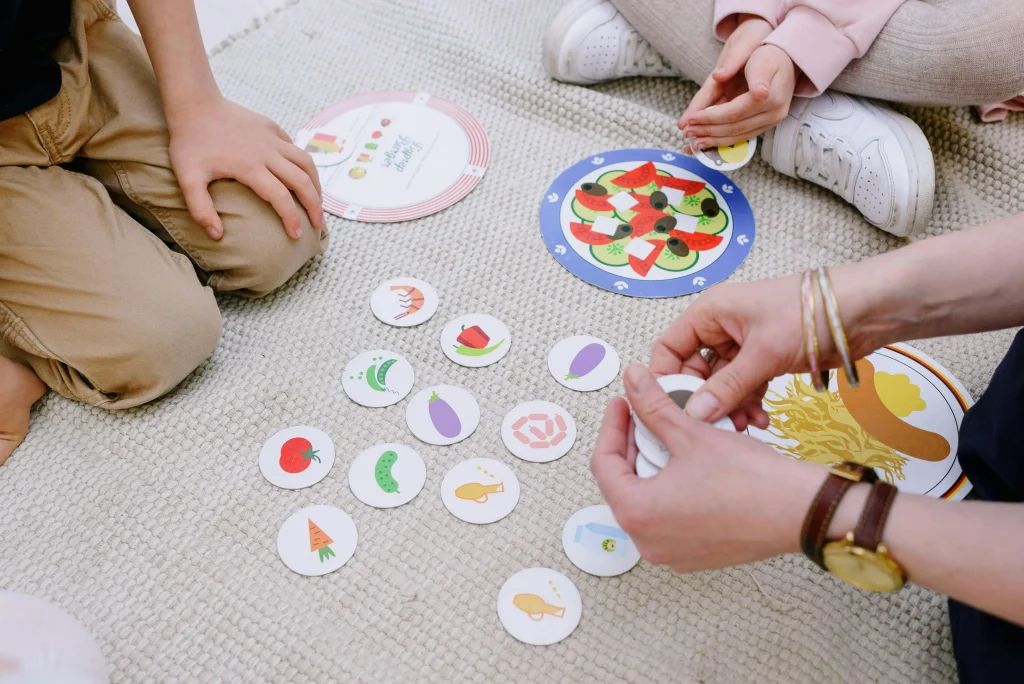
4. Yoga for Little Ones
Introduce gentle yoga poses such as Tree Pose, Cat-Cow, and Downward Dog. Use playful names and sounds. Kids gain body awareness and learn how movement can release tension.
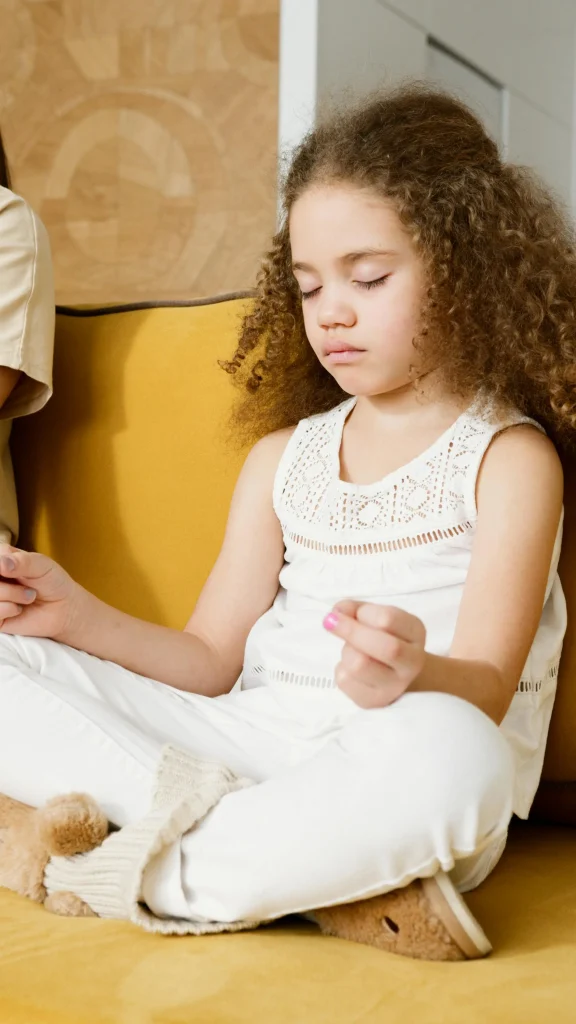
5. Feelings Color Wheel
Make a simple wheel with colors that represent emotions. Let your child spin it daily and share a feeling associated with that color. It’s a great morning or bedtime check-in tool.

6. Sensory Ball Toss
Toss a soft ball back and forth. Each time someone catches it, they answer a prompt like: “What made you laugh today?” or “What helps you feel calm?” It’s active and reflective at the same time.
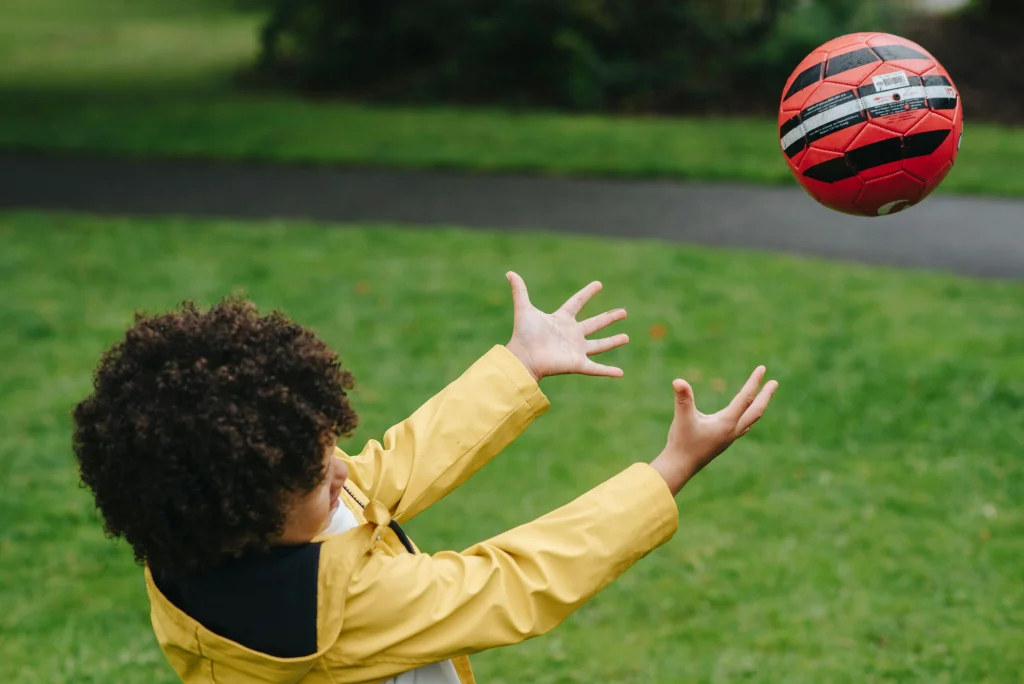
7. Calming Music + Lights
Play soft lullabies or nature sounds. Dim the lights and turn on a salt lamp or twinkle lights. Let your child lie down, snuggle a blanket, and enjoy quiet sensory time.
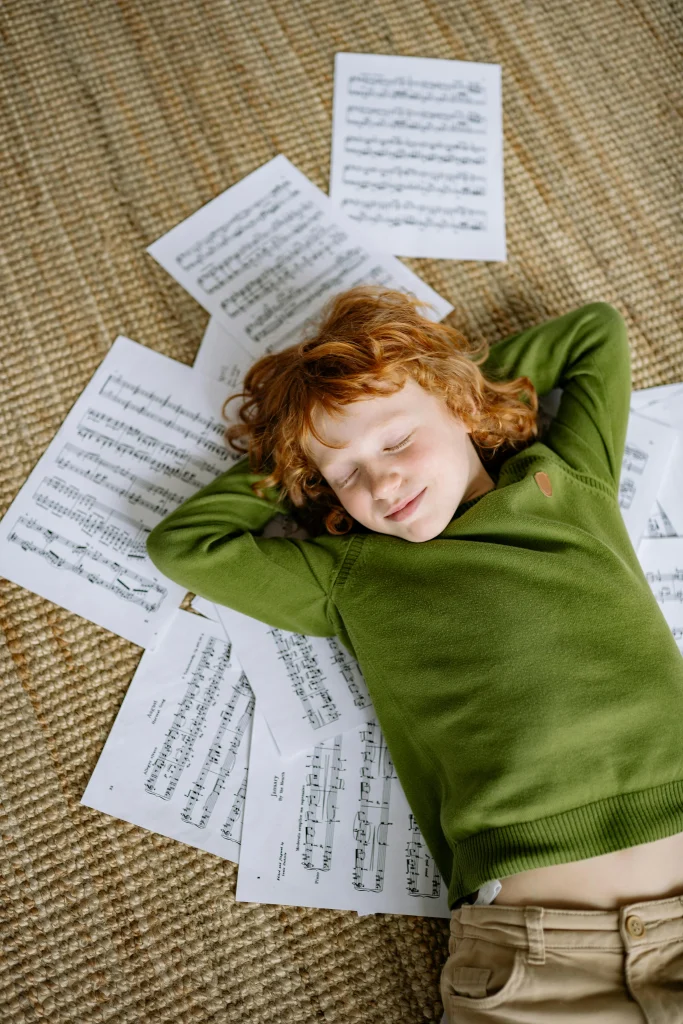
8. Story Time With Feelings
Choose books that feature characters facing big emotions (e.g., When Sophie Gets Angry – Really, Really Angry). Pause and ask, “How do you think she feels now?” and “What would you do in that situation?”

9. Bubble Breaths
Blow bubbles slowly and deeply. Teach your child that bigger, slower breaths make the best bubbles. It’s a simple but effective way to introduce breath control and mindfulness.
10. DIY Cozy Corner
Design a safe, quiet spot in your home—a little fort, a teepee, or a soft corner. Add plush pillows, soft toys, and books. Use this space for wind-down time when emotions run high.
Emotional Intelligence Through Play
Children naturally express their emotions through play. These next activities use art, movement, and creativity to nurture self-awareness, empathy, and regulation.
11. Emotion Faces Mirror
Sit with your child in front of a mirror. Make silly faces that show anger, joy, surprise, or sadness. Have them mimic you. It builds recognition of facial expressions and emotions.

12. My Feelings Journal
Staple together paper to make a simple journal. Let your child draw pictures or use stickers to show how they felt each day. Older toddlers can add single words like “happy” or “mad.”
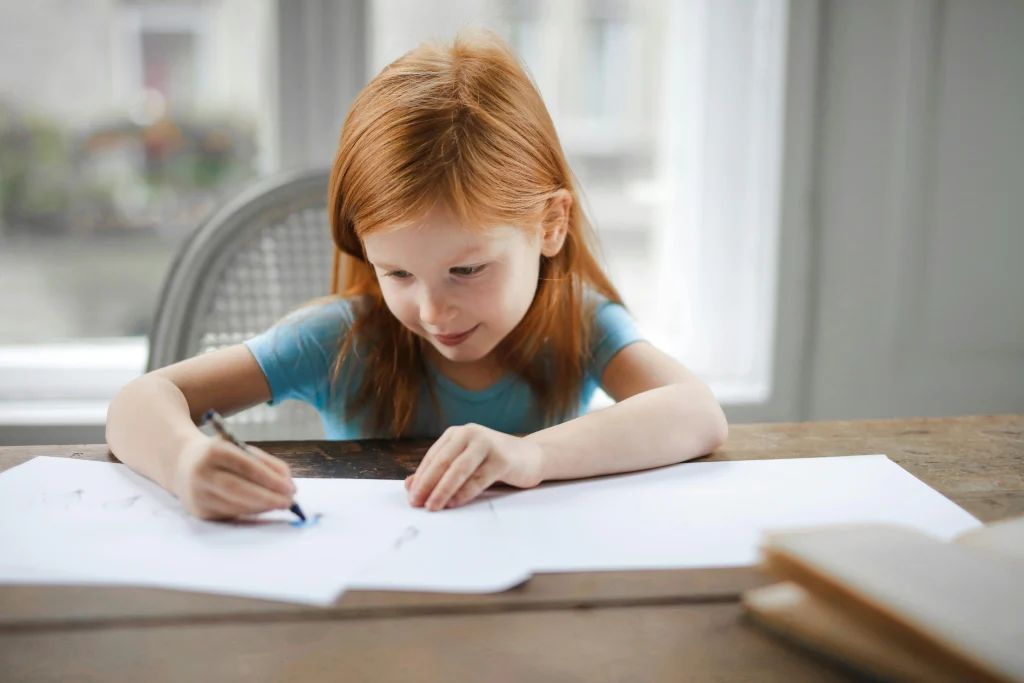
13. Rainstorm on the Roof
Lie down and use your fingers to gently tap your child’s back, imitating raindrops, thunder, and wind. Then switch roles. This calming bonding game also increases body awareness.
14. Kindness Jar
Decorate a jar together and add pom-poms or small notes when someone does something kind. When it’s full, celebrate with a special activity. It reinforces positive behavior with visual feedback.
15. Play-Dough Emotion Faces
Use play-dough to make different emotional faces. “Can you make a sad face?” “What does an excited face look like?” This hands-on activity helps kids externalize what they feel inside.
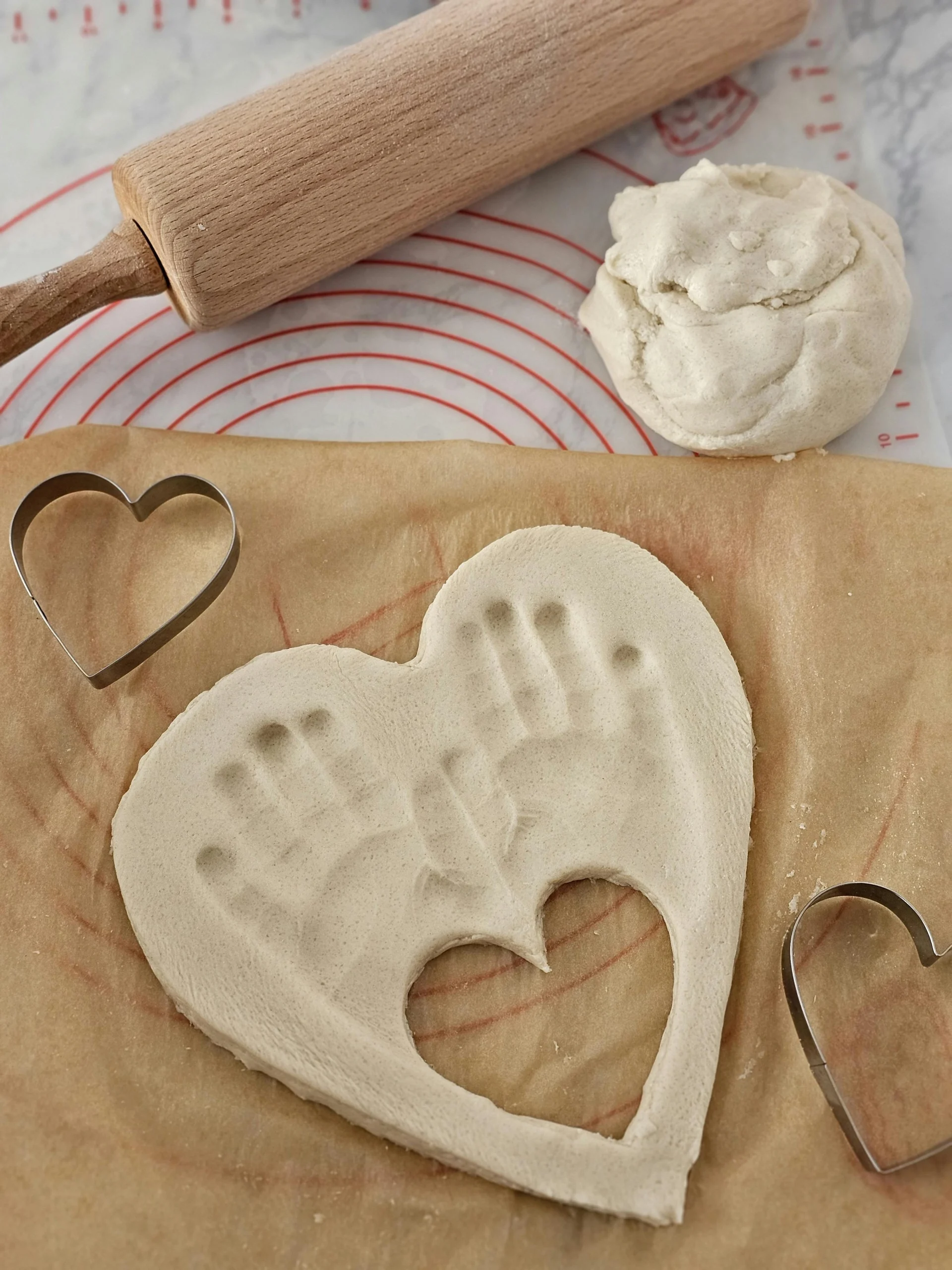
Why Emotional Growth Matters in Early Childhood
Emotional development lays the foundation for lifelong mental wellness. Teaching calming strategies and emotional awareness during toddler and preschool years helps children:
- Regulate reactions instead of melting down
- Communicate feelings using words and gestures
- Build empathy for others’ emotions
- Handle change like transitions and separation with more ease
Simple daily activities help normalize big feelings and give your child tools that build lasting emotional strength.

H3: Final Thoughts
Calm isn’t something you “get” from a child—it’s something you help them create. With these thoughtful, easy-to-do activities, you’re giving your child a gift far greater than momentary peace. You’re teaching emotional intelligence, confidence, and self-soothing—skills they’ll carry for a lifetime.


